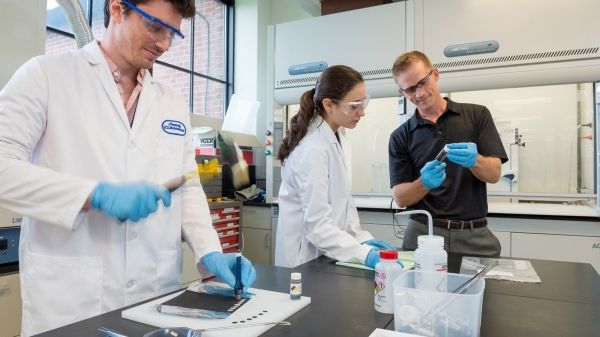Researchers around the world are on the hunt to find cheaper, better lithium-ion battery materials to power large scale machines, such as electric vehicles. One of their goals is to find alternative lithium-metal-oxide electrodes to those containing cobalt, an element common within phone and laptop batteries but too expensive and short on capacity to propel electric vehicles over long distances.
For decades, researchers at the U.S. Department of Energy’s (DOE) Argonne National Laboratory have taken part in the pursuit to uncover battery materials that perform as well as, if not better than, the ones we use today. Among the materials they’re investigating are manganese-rich compounds, because manganese is abundant and inexpensive; lithium-manganese oxides are also thermally safer to use, but not as energy dense as their cobalt counterparts.
The laboratory’s study of manganese-rich materials is shaped by the work that Argonne Emeritus Fellow Michael Thackeray has been doing since the early 1980s. While a postdoc at Oxford University in 1981-1982, Thackeray worked alongside battery scientist John Goodenough, one of the Nobel-prize winning architects of the modern lithium-cobalt-oxide battery.
Read more at DOE / Argonne National Laboratory
Image: Argonne scientists Jason Croy, Manar Ishwait and Michael Murphy assemble lithium-ion battery electrodes for testing. (Image by Mark Lopez / Argonne National Laboratory.)


